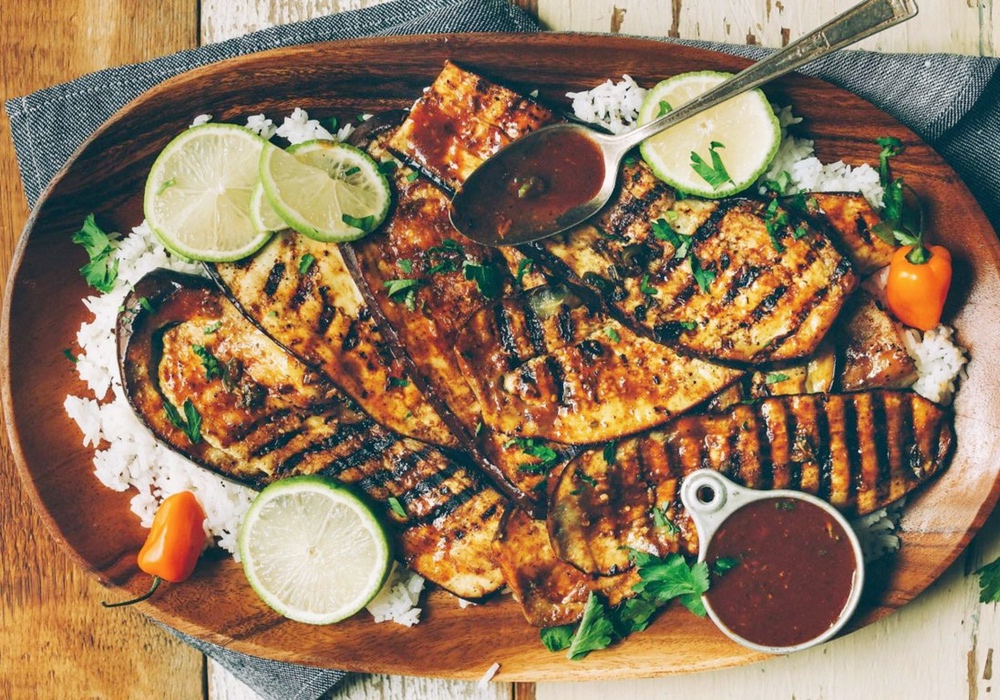Rich roasted sweet corn. Dynamite chili and tangy lime-seasoned beets. Sweet sizzlin' string beans and crispy shallots. Are you hungry yet?
Using language more often used to describe ice cream, high-calorie desserts and other rich foods, researchers were able to boost vegetable consumption in a college cafeteria by about 25%.
The researchers were interested in finding out how to make vegetables more appealing. They thought the college students might be too old to be enticed by lures that often work on younger people, such as superheroes or even Britney Spears. So they hit on trying lush, indulgent descriptions, similar to those you might see on a restaurant menu or that conjure up the feel of rolling a decadently rich chocolate around your mouth.
One particular vegetable was chosen to be labeled in one of four ways: basic (zucchini), healthy/restrictive (lighter-choice zucchini) healthy/positive (nutritious green zucchini) or indulgent (slow-roasted, caramelized zucchini bites) for a month and a half during lunch. The vegetable was prepared in exactly the same way no matter how it was labeled.
Each day, research assistants discretely recorded the number of diners selecting the vegetable and also weighed the amount taken from the serving bowl. While this doesn't show how much the students actually ate, other studies have found that people eat about 92% of the food on their plate when self-serving. When a vegetable was labeled indulgently, 25 percent more students selected it than when it was given its basic label. In addition, 23 percent more of the vegetable was taken from the serving bowl and placed on student's plates when it carried an indulgent description, compared to a basic description.When a vegetable was labeled indulgently, 25 percent more students selected it than when it was given its basic label.
Interestingly, the number of students selecting a vegetable decreased when labeled with either of the healthy descriptions, compared to a vegetable's basic labeling. The healthy descriptions did not sell well here, but the indulgent descriptions did.
There are a seemingly endless number of strategies parents and health professionals have used in an attempt to get everyone, from young children to the elderly, to eat more veggies. While this particular strategy seems most suited to cafeterias and restaurants, parents could try it out too. If the kids seem immune to lush, restaurant-type descriptions, there's always crunchy kamikaze carrots and sufferin' succotash to interest them.
A research letter describing the study appears in JAMA Internal Medicine and is available to all.





